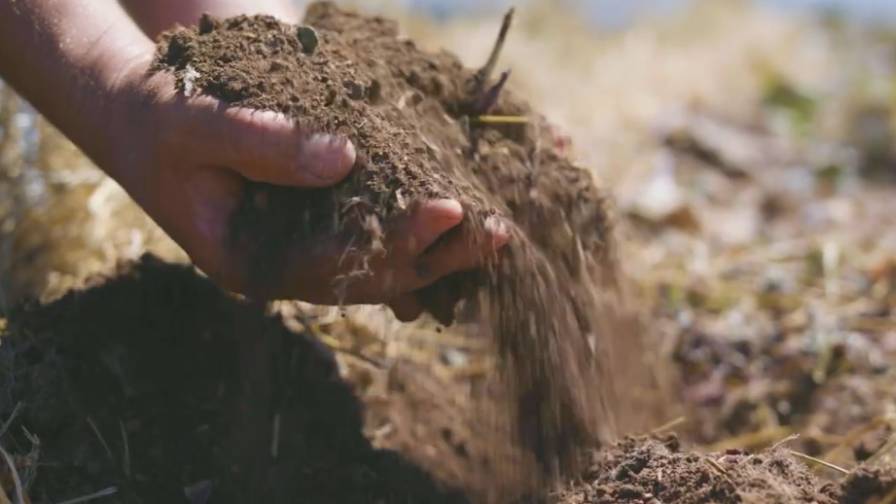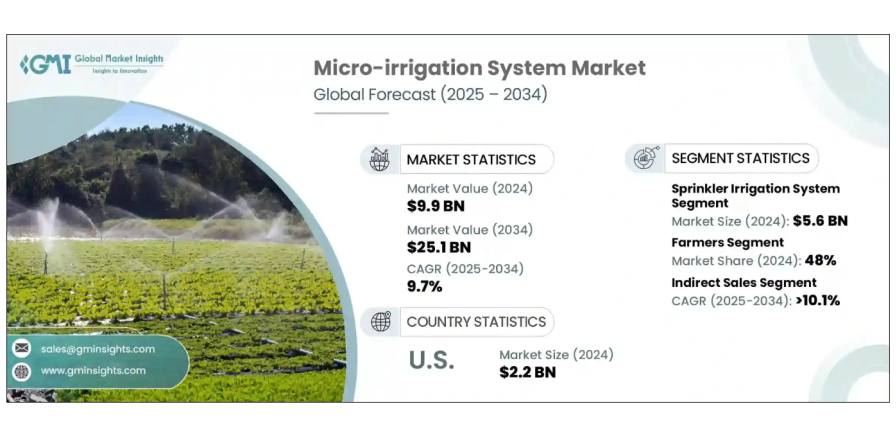New Study Demonstrates Importance of Climate and Context Alongside Yield Prediction in Tomato Production
Tomato growers face the challenge of predicting yields accurately, which is crucial for their business operations and forecasting. However, traditional yield prediction models often fail to account for sudden spikes or dips in actual yield, known as yield swings. These unpredictable variations can be caused by biological, environmental, or external factors. The team of crop science and data scientists at WayBeyond conducted a study to shed light on the factors leading up to yield swings and propose a more holistic approach to yield prediction.
Tomatoes are one of the most widely grown fresh produce crops globally. While outdoor cultivation remains prevalent, many growers have turned to protected environments such as plastic houses, greenhouses, or glasshouses to ensure year-round production and mitigate unfavorable weather conditions, pests, and diseases. The controlled environments provide opportunities for manipulating climate, water, and light, resulting in significantly increased production compared to traditional methods.
Dr. Tharindu Weeraratne, Director of Crop Science & Agronomy, says: “Accurately predicting yield is crucial for growers as it drives short-term response and long-term strategy. It helps steer crops towards desired production outcomes, provides certainty in available produce for sale, and aids in fulfilling supply contracts. However, consistently achieving high accuracy in yield prediction is a challenge due to the occurrence of yield swings, which can significantly impact business operations and forecasting.”
WayBeyond’s study challenges the sole pursuit of high accuracy yield prediction and instead focuses on identifying and understanding the biological and environmental events preceding yield swings. By adopting a more holistic approach to interpreting yield prediction, growers can improve their confidence in predicting yields and optimize production.
MORE BY GLOBAL AG TECH INITIATIVE
Ground Breaking Podcast Episode #10: Seeding a Healthier Plant Through Light Activation
Tech Hub LIVE Marks 5 Years of Ag Tech Innovation in Des Moines This July
The study analyzed anonymized data from 20 tomato growing cycles in varied protected growing environments, using WayBeyond’s proprietary digital data collection, analysis algorithms, and AI models to study the data encompassing plant genetics, environment, and crop management practices.
Dr. Mpatisi Moyo, Head of Artificial Intelligence, explains: “Our findings highlight the correlation between yield prediction accuracy and the occurrence of yield swings. We identified common patterns associated with low and high yield swings, including environmental factors like temperature and light, as well as biological indicators such as plant growth measurements and plant balance.”
Dr. Tharindu Weeraratne concludes: “This study emphasizes the importance of considering environmental and biological data alongside yield prediction models. By collecting and analyzing data on climate, crop development, and contextual factors, tomato growers can gain a comprehensive understanding of their growing environment and make informed decisions. We believe this approach allows for the anticipation and management of yield swings, leading to more consistent crop management and higher-quality data.”
WayBeyond’s study opens the door to improved decision-making capabilities for tomato growers, providing them with the tools to anticipate yield swings, interpret yield predictions with greater accuracy, and mitigate risks to their crops and business. By embracing a more holistic approach to yield prediction, growers can maximize their yield potential and minimize financial and produce losses.
The full study is available for download here.









